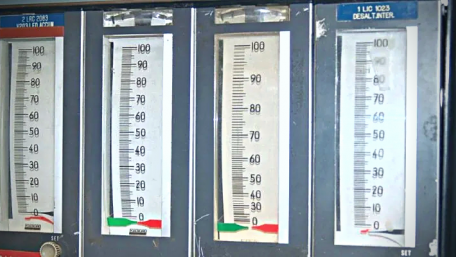
Learn about proportional gain and proportional band, two key proportional control concepts, to better understand the most popular control system method in…
Learn about proportional gain and proportional band, two key proportional control concepts, to better understand the most popular control system method in industrial automation.
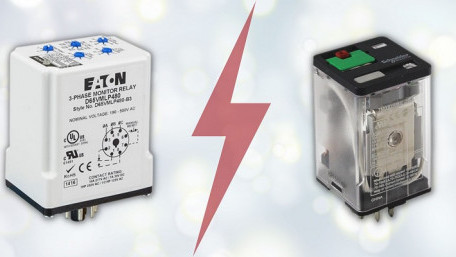
Protection systems are critical in today’s fast-paced industrial revolution for the safety of people and processes.…
Protection systems are critical in today’s fast-paced industrial revolution for the safety of people and processes. This article discusses electronic protective relay types and how they differ from standard relays.
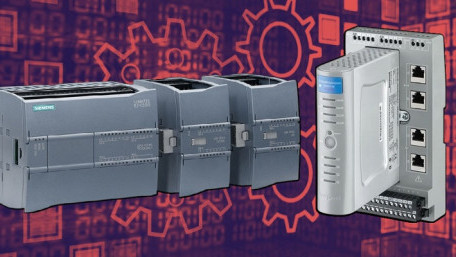
Despite the many overlaps, PLCs and RTUs are two different devices, each with specific suitable applications.
Despite the many overlaps, PLCs and RTUs are two different devices, each with specific suitable applications.
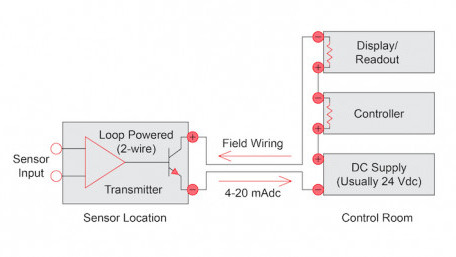
In this introduction to loop-powered transmitters, also known as two-wire transmitters, we discuss operation,…
In this introduction to loop-powered transmitters, also known as two-wire transmitters, we discuss operation, applications, and options for signal isolation, displays, digital data transmission, and mounting.
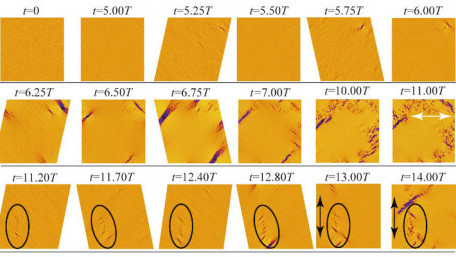
Fatigue failures in amorphous materials have long been a bit of a mystery in the engineering and scientific fields, but…
Fatigue failures in amorphous materials have long been a bit of a mystery in the engineering and scientific fields, but new research is removing some of the mystery and may open up new applications for amorphous materials.
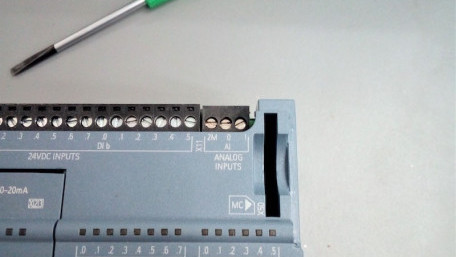
There are three main types of numeric values that must be handled by a PLC: boolean, integers, and floating point. These…
There are three main types of numeric values that must be handled by a PLC: boolean, integers, and floating point. These last floating-point values can create the most confusion for programmers and technicians.
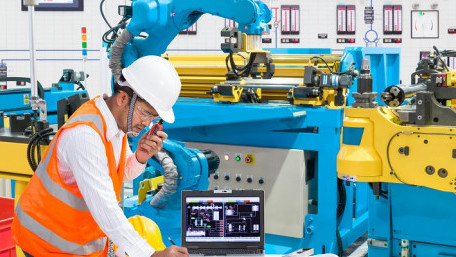
When a robot crashes, it needs to be put back into position. The steps in this process depends on the end user and the…
When a robot crashes, it needs to be put back into position. The steps in this process depends on the end user and the equipment manufacturer. Understanding why the robot crashed also helps prevent future failures.
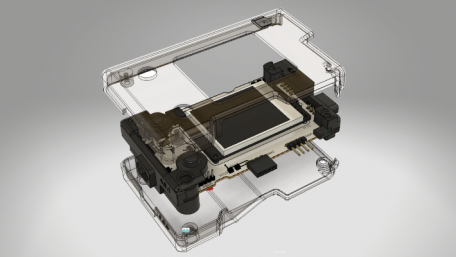
Nearly every electronic product depends on the unity of electrical components and PCBs with physical enclosures and…
Nearly every electronic product depends on the unity of electrical components and PCBs with physical enclosures and parts. Learn how Autodesk’s Fusion 360 offers a complete solution for electromechanical integration and design.
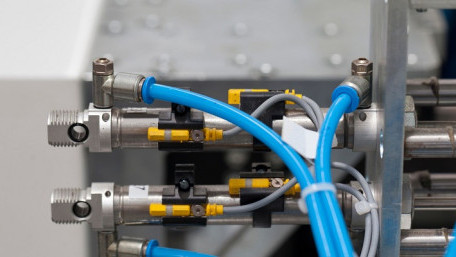
Tracking the position of a hydraulic or pneumatic cylinder is often accomplished at a basic precision level, detecting…
Tracking the position of a hydraulic or pneumatic cylinder is often accomplished at a basic precision level, detecting only end stop limits with discrete digital values… But what methods accomplish this?
You are bound to encounter two terms associated with sensors and some loads: ‘NPN’ and ‘PNP’. You must understand…
You are bound to encounter two terms associated with sensors and some loads: ‘NPN’ and ‘PNP’. You must understand the relationship between the field device and the control module in order to choose and install components properly when needed.
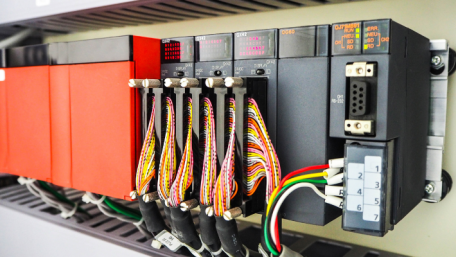
PLC and other automation project software can be easier and more efficient to update and maintain thanks to the…
PLC and other automation project software can be easier and more efficient to update and maintain thanks to the introduction of Git control, already a staple for typical programming of large-scale projects.
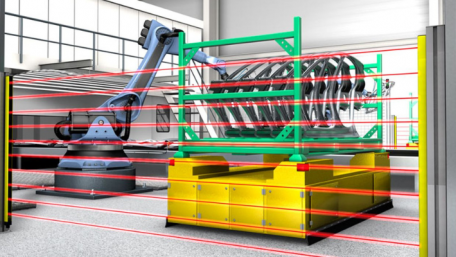
Light curtains serve as an invisible barrier, keeping workers out of harm's way and protecting machinery from damage.…
Light curtains serve as an invisible barrier, keeping workers out of harm's way and protecting machinery from damage. Learn about safety curtains, how they are installed, and their programmable functions.
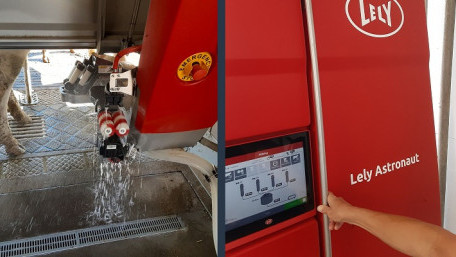
Learn how one small farm in a rural community is upgrading production with advanced technology in several ways to…
Learn how one small farm in a rural community is upgrading production with advanced technology in several ways to overcome staff shortages, product demand, and regulatory compliance.
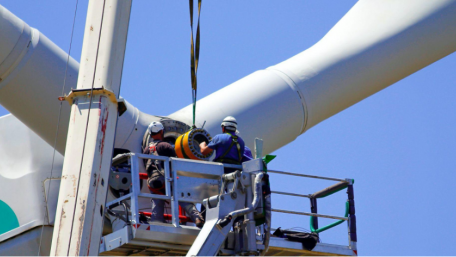
We'll run through the eight basic steps for implementing a predictive maintenance strategy in your business to improve…
We'll run through the eight basic steps for implementing a predictive maintenance strategy in your business to improve critical asset availability, reduced maintenance costs, and enhanced revenues over time.
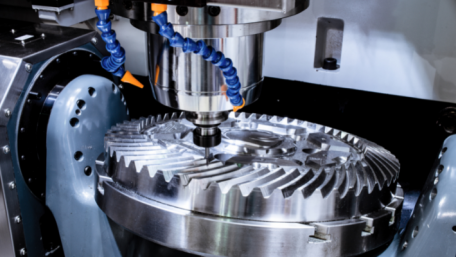
Programming languages often include sine and cosine functions. They simplify programming, but consume valuable memory…
Programming languages often include sine and cosine functions. They simplify programming, but consume valuable memory space and computation time. This can be overcome using simple approximations.

Network switches allow the interconnection of devices and controllers across a facility, with particular features that…
Network switches allow the interconnection of devices and controllers across a facility, with particular features that make them a good fit for industrial applications. We introduce a few of the leading manufacturers of these products.
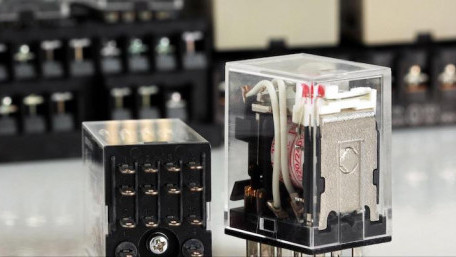
Relay and other coil devices pose a few confusing questions: How can the relay still work if you connect a DC supply in…
Relay and other coil devices pose a few confusing questions: How can the relay still work if you connect a DC supply in reverse? How can an alternating voltage attract and hold the load consistently?

The PCU400 can handle all known industrial protocols and forward them to the master station to get an effective…
The PCU400 can handle all known industrial protocols and forward them to the master station to get an effective connection between the SCADA system and the data from the manufacturing or system process.
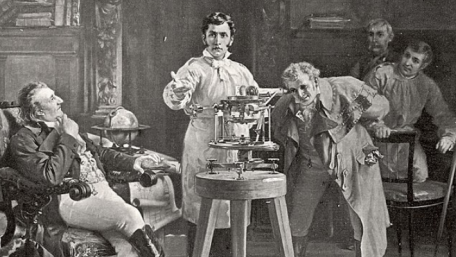
In honor of October 3rd, National Techies Day, Control Automation is excited to celebrate the works of Joseph von…
In honor of October 3rd, National Techies Day, Control Automation is excited to celebrate the works of Joseph von Fraunhofer. Well-known for his contributions in optics, Fraunhofer also made lasting contributions in manufacturing and production systems.
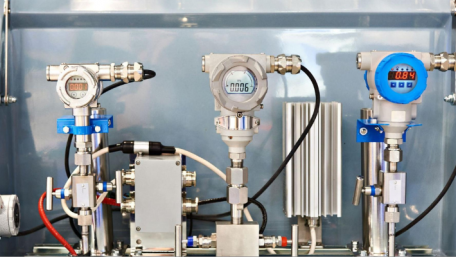
Industrial analog sensor devices primarily use 0-10 volt or 4-20 milliamp. For those mA signals, learn the reasons for…
Industrial analog sensor devices primarily use 0-10 volt or 4-20 milliamp. For those mA signals, learn the reasons for why the lower and upper limit standards were determined as 4 mA and 20 mA.
